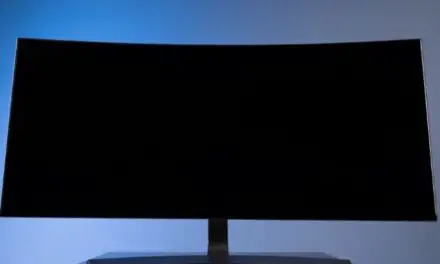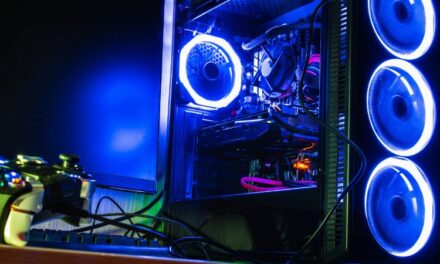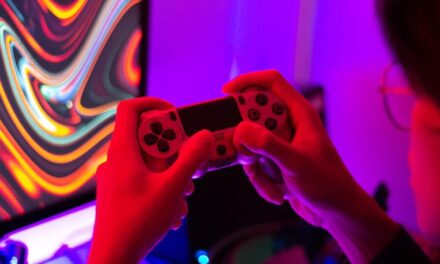Modern AAA titles can be labor-intensive for even the most modern of gaming laptops.
And when high-performance processors and powerful, dedicated graphics cards get pushed they tend to generate a lot of heat as a result.
So does this mean that you should always consider using a cooling pad with your gaming laptop?
Table of Contents
Does A Gaming Laptop Need A Cooling Pad?
A gaming laptop should not need a cooling pad as long as it is placed on a hard, flat surface and its cooling vents are not obstructed. Most good gaming laptop manufacturers provide enough internal cooling so that you do not need to worry about buying an external cooling pad.
However, if your gaming laptop is underpowered, poorly designed, dusty, or in need of thermal paste being reapplied, a cooling pad may reduce temperatures by a few degrees – provided there are vents at the bottom of the laptop that can suck in the cool air from the pad.
If your laptop does need a good dusting or new thermal paste then doing those jobs first will be cheaper and is likely to give you far better results than just ignoring the issues and using a cooling pad.
When Do I Need A Cooling Pad For My Gaming Laptop?

If your gaming laptop is clean, has good ventilation underneath, and the thermal paste hasn’t degraded then a cooling pad might be worth a shot if it is still running hot.
If the laptop is underpowered or has a poorly designed cooling system then a cooling pad should help to reduce heat.
Any gaming laptop that’s a couple of years old or was bought recently as a midrange model will probably have a CPU and graphics card that will generate additional heat from the demands of playing modern games.
Provided there are no other issues that are stopping heat from escaping from your device, a cooling pad should reduce fan noise and lower temperatures by around 2 – 10 degrees.
It can also help to cool the motherboard and other components in your device, such as the SSDs.
A cooling pad is also very handy if you like to game on the couch and have your laptop sitting on your lap.
Using a gaming laptop on a cushion on your lap will usually cause an obstruction to vents and cause it to run hotter.
Sitting the cooling pad on your lap first will provide a steady stream of cool air for your laptop’s internals and will also help to keep your lap cool too.
Related Article: Can A Gaming Laptop Freeze? (And What To Do If It Does)
When Do I Not Need A Cooling Pad For My Gaming Laptop?
If the overheating issues are being caused by dried-out thermal paste or a build-up of dust on the fans then those issues need to be addressed before trying a cooling pad.
Fixing these problems may be enough to reduce temperatures to an acceptable level.
But if overheating persists then a cooling pad may be of benefit.
Also, check that there is plenty of ventilation underneath your laptop.
The more open it is the better.
If the bottom panel is a solid piece without air vents then a cooling pad will be of no benefit anyway.
Before You Buy A Cooling Pad
Before you buy a cooling pad try using a few blocks as feet to lift your laptop a couple of inches off the desk surface.
It is often the tiny amount of space between the bottom of your gaming laptop and the desk that reduces the effectiveness of its internal cooling fans.
Cooling pads usually have much weaker fans than the ones in your device and are limited by low USB voltage.
Most of the cooling actually comes from the space the cooling pad creates underneath your laptop which allows the internal fans to be much more effective, and not the vast amounts of cool air the pad is supposedly blowing into your device.
You may be able to get much of the benefit of a cooling pad just by creating space beneath your laptop.



